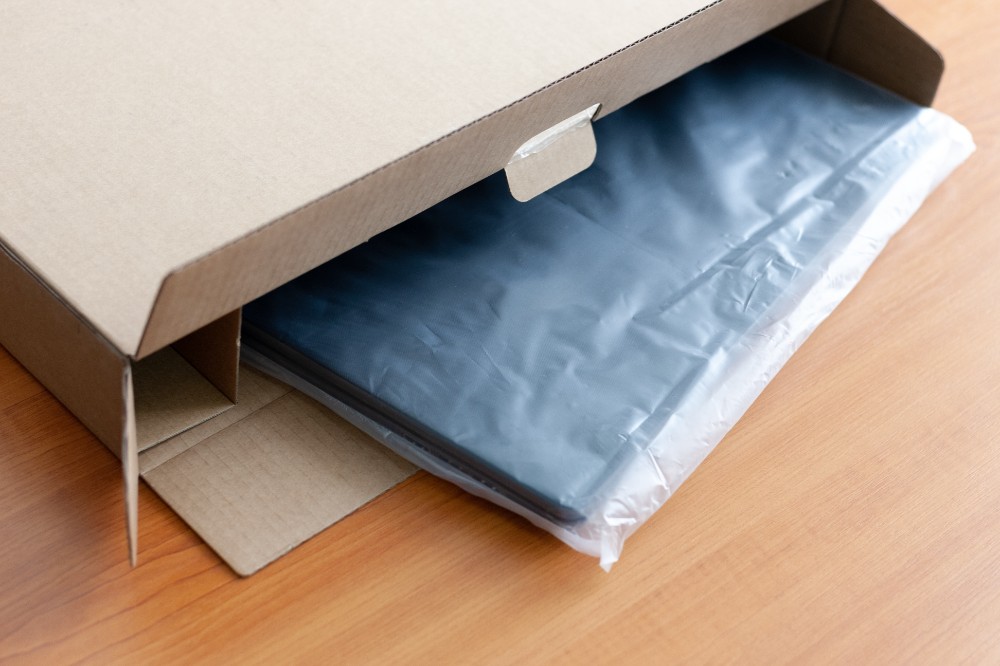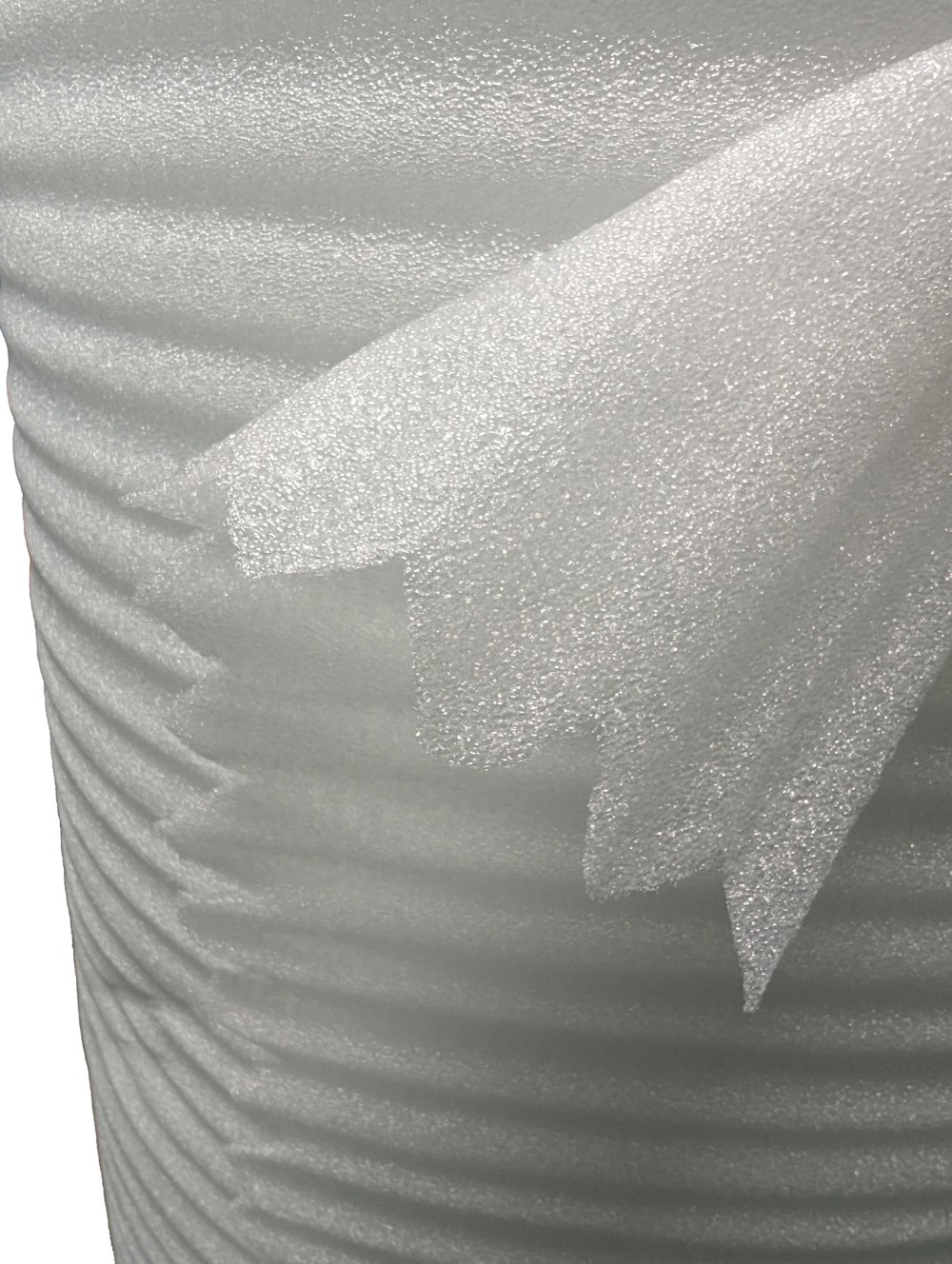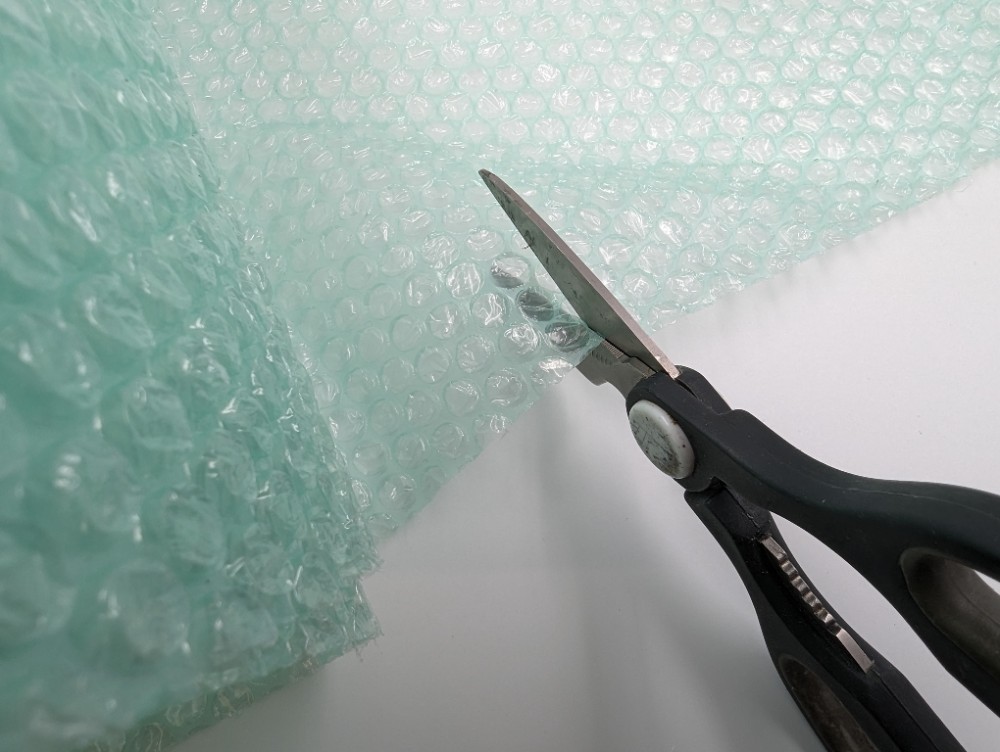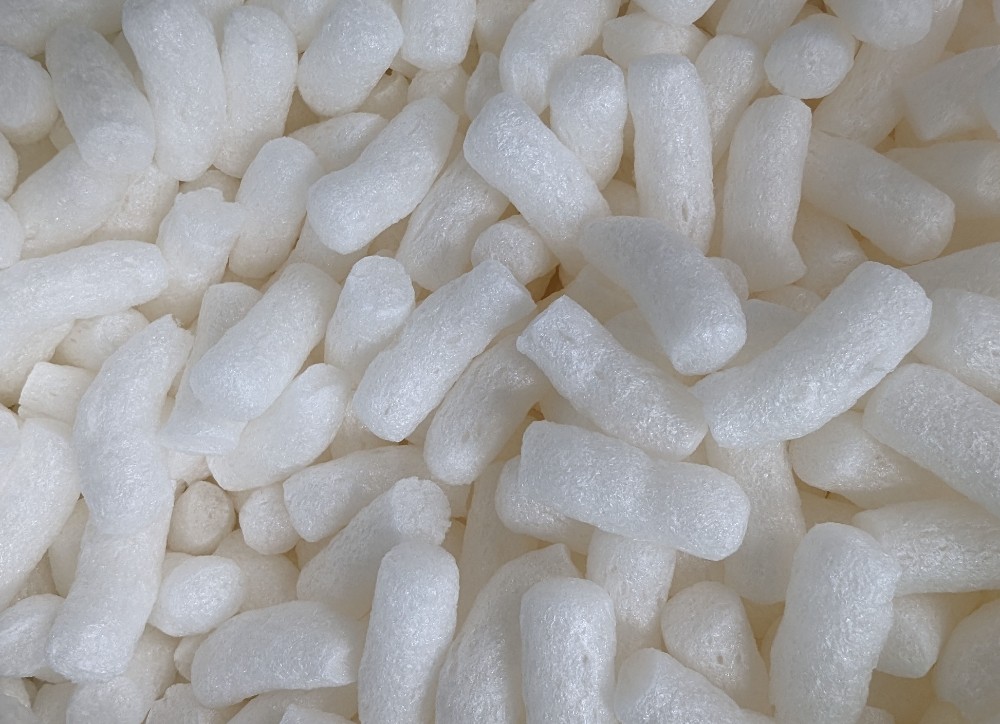Blog - How to Package a Laptop for Safe Shipping

Every interaction between business and consumer counts, and providing a seamless – and preferably sustainable – unboxing experience is key to fostering trust and loyalty. Our experts explain more about how to package a laptop below. We’ll help you ensure a secure transit with a reduced environmental footprint where possible.
- Wrap the Laptop: Begin by wrapping the laptop in protective material, such as bubble wrap or foam sheets, to shield it from scratches and minor impacts. Ensure that all sides of the laptop are covered evenly, paying special attention to corners and edges.
- Padding: Place the wrapped laptop in the centre of the shipping box, ensuring there is at least two inches of padding between the laptop and the walls of the box on all sides. Fill any empty spaces with additional cushioning materials, such as air pillows or crumpled paper, to prevent movement during transit.
- Sealing the Box: Once the laptop is securely positioned within the box, seal the package using sturdy packaging tape. Apply tape along all seams of the box to reinforce its integrity and prevent accidental openings during shipping. Consider using bio tape or water-activated paper tape for a more eco-friendly sealing option.
- Labelling: Clearly label the package with essential information, including the recipient's address, return address, and any special handling instructions. Include clear labelling indicating the fragile nature of the contents to ensure proper care during transit.
- Final Inspection: Before sending the package off for shipping, perform a final inspection to ensure everything is secure and properly packaged. Shake the box gently to check for any movement inside and make any necessary adjustments to further secure the laptop.

Laptops come in various sizes and weights, ranging from ultra-portable notebooks to larger, high-performance models. Packaging must be tailored to accommodate the dimensions and weight of each laptop to prevent shifting and damage during transit.
Fragility
Laptops are intricate electronic devices composed of sensitive components such as screens, circuitry, and hard drives. They are susceptible to damage from impacts, pressure, and excessive movement. Packaging materials and design must provide adequate cushioning and protection to shield laptops from external forces.
Sensitivity to Shock and Vibration
Laptops are particularly sensitive to shock and vibration, which can cause internal components to become dislodged or damaged. Packaging solutions should incorporate shock-absorbing materials and secure fastening mechanisms to minimise the effects of rough handling during shipping.

In addition to physical protection, laptop packaging should also safeguard devices from environmental factors such as moisture, temperature extremes, and static electricity. Waterproof and anti-static packaging materials can help mitigate these risks and preserve the integrity of laptops during transit.
The Presence of Lithium-Ion Batteries
Due to safety concerns, it’s no longer possible to send lithium-ion batteries individually. However, they can be sent inside their device, as long as precautions are taken in transit. There may also be laws or regulations in place if you intend to send a laptop overseas, so you must check these for the country you are sending a laptop to before postage.
Effective cushioning is crucial for protecting laptops from shock and vibration during shipping. Consider using cushioning materials such as recycled paper packaging, foam, bubble wrap or bags, or inflatable air cushions to provide a protective buffer around the laptop.
Custom-fit cushioning inserts, as well as internal and external edge and corner protectors, can help securely cradle the laptop within the packaging, minimising movement and reducing the risk of damage.
Inner Packaging Inserts
Inner packaging inserts, such as cardboard dividers, corrugated paper rolls, or moulded pulp trays, can help keep the laptop securely in place within the box and prevent it from shifting during transit. These inserts should be designed to fit the specific dimensions of the laptop snugly, providing additional stability and protection against impact.
Outer Box Reinforcement
Reinforcing the outer box with additional layers or corrugated cardboard inserts can enhance the overall strength and durability of the packaging. This can also be achieved by using double wall boxes.

Recycled cardboard is an excellent option for outer packaging due to its strength and durability. Opting for cardboard boxes made from recycled materials reduces the need for new resources and helps minimise environmental impact.
Biodegradable Cushioning Materials
Materials such as biodegradable loose fill or paper-based padding offer effective cushioning while being compostable or biodegradable, reducing waste and pollution.
Explore postal packaging options, or protective packaging for more fragile items, and contact us if you have any questions that need answering.













